

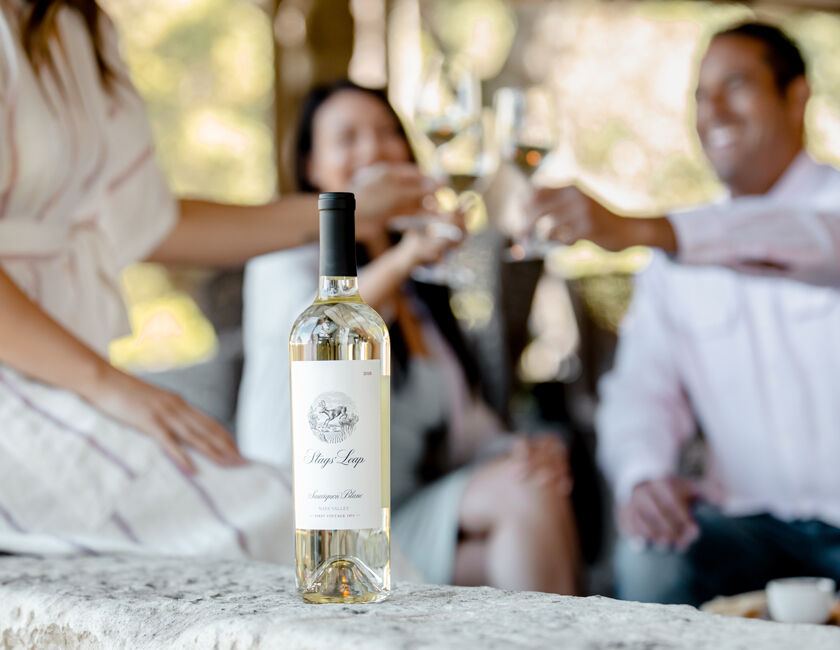
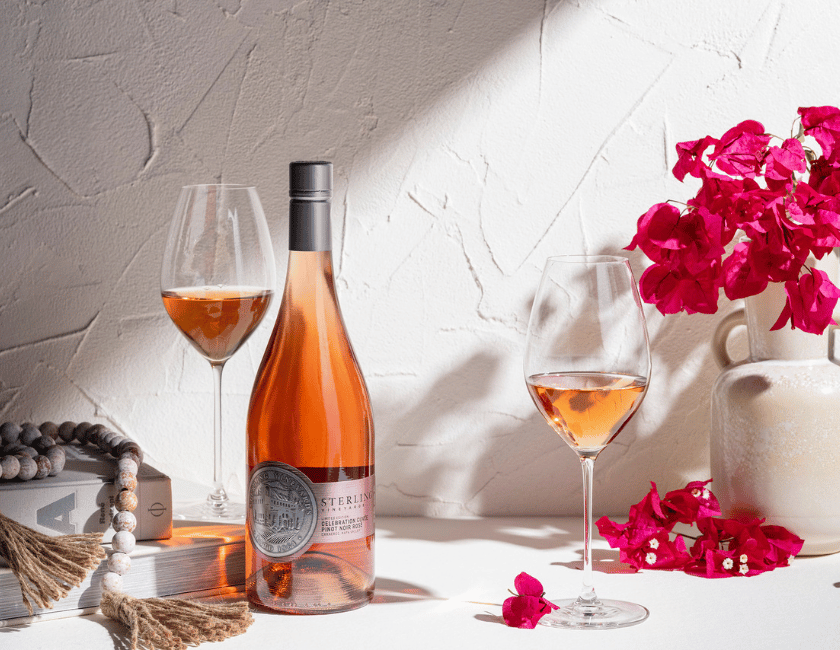
Explore More
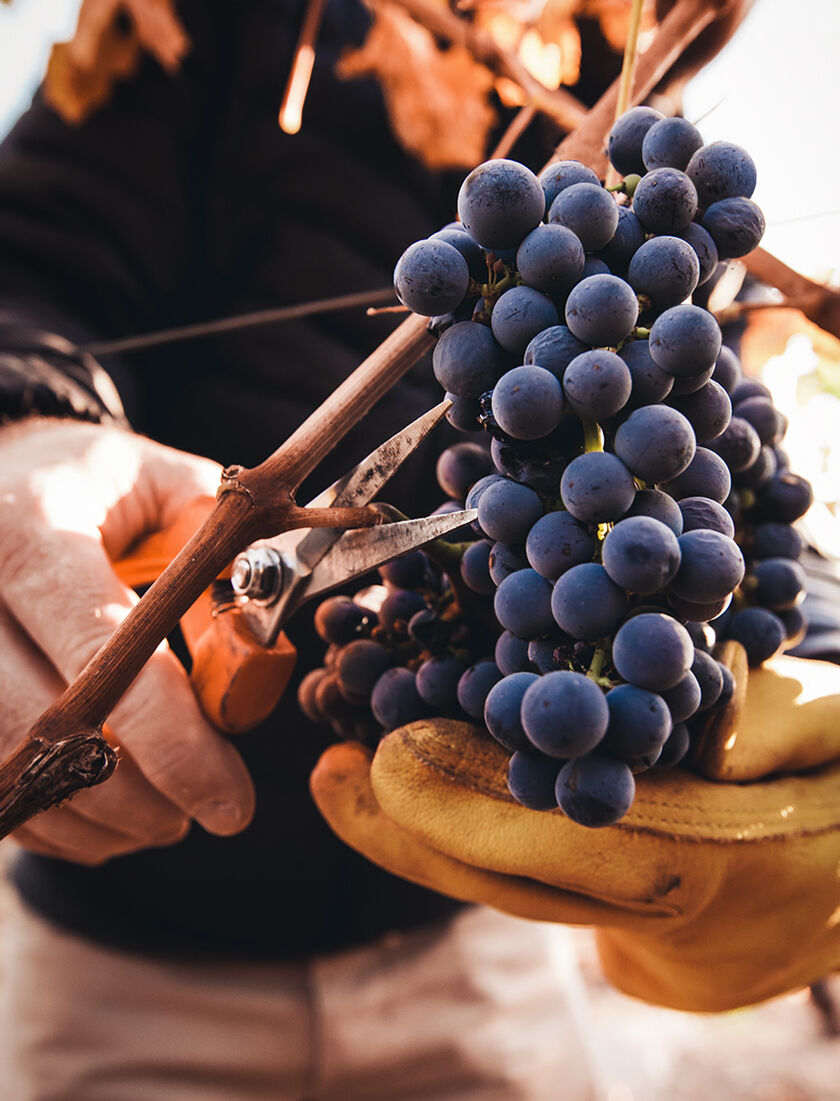
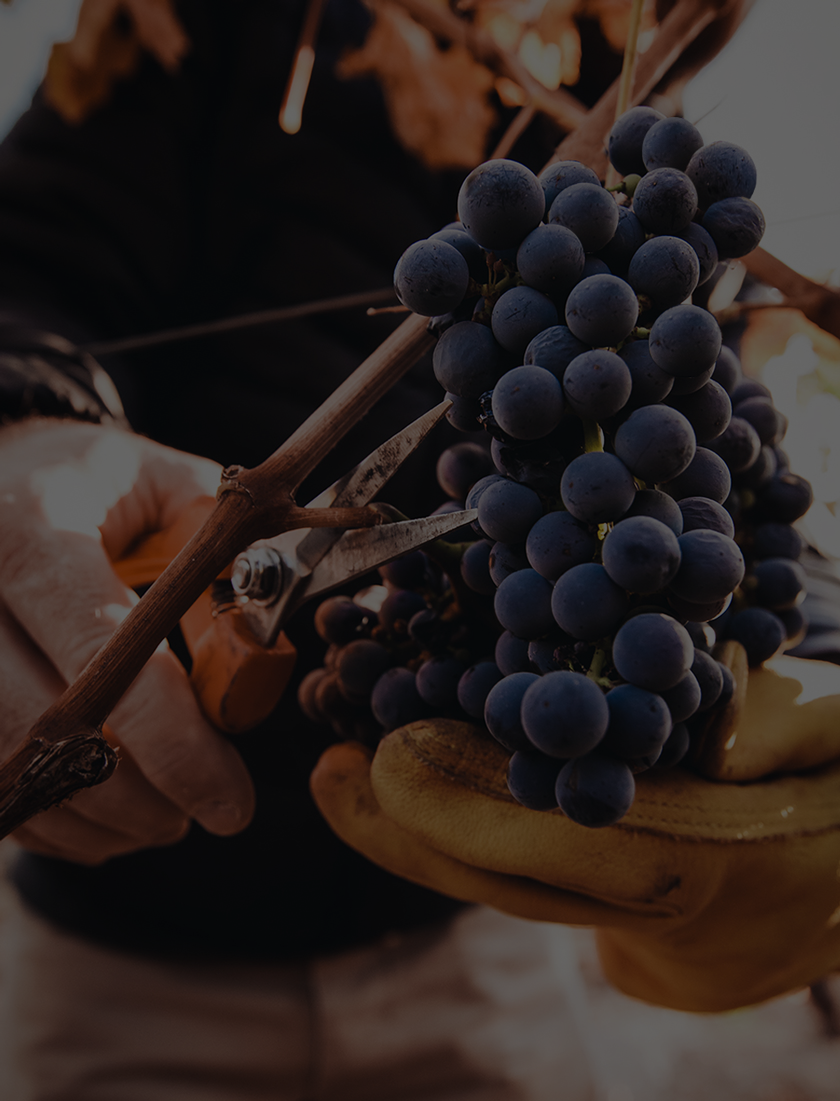
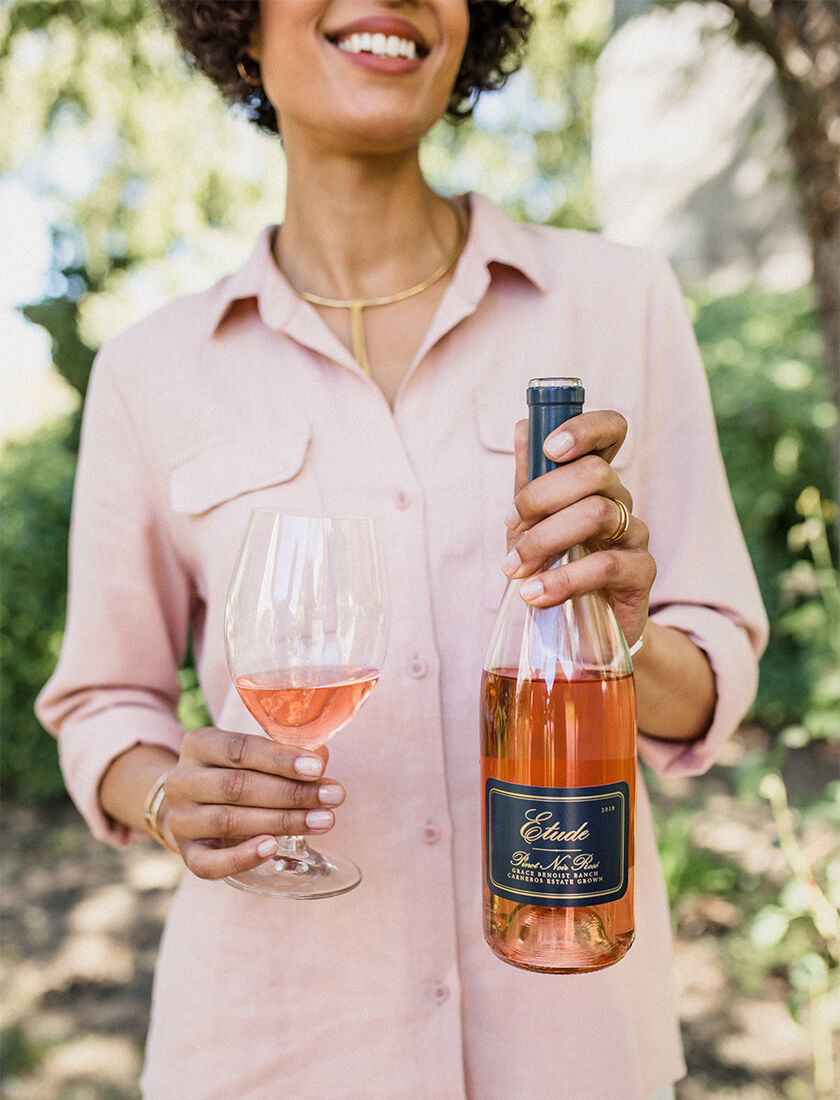



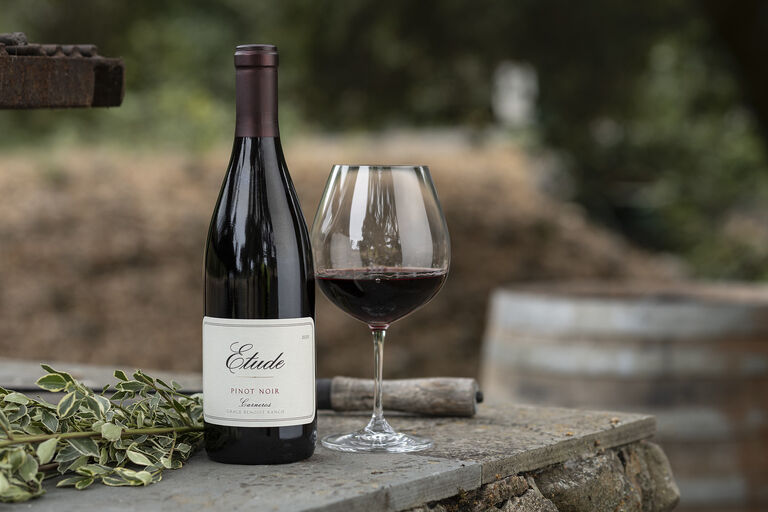













Sign up below for faster checkout.
To create a better experience for you across all of our brands, we’ll check this info with accounts across the Treasury Wine Estates Portfolio of brands: Beringer, Beaulieu Vineyard, Etude, Hewitt Vineyard, Stags' Leap, Sterling, Penfolds, and TheWineShop.
Success! An email has been sent to your inbox with a link to reset your password